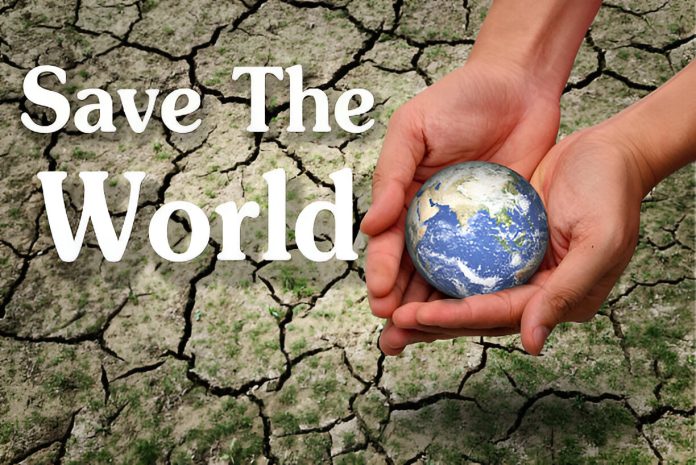Global climate change has overshadowed the 21st century and may potentially be able to pose a serious threat not only to the ecosystem of Earth but even to human civilization. International cooperation, therefore, has grown over the years; many ambitious agreements have been set with fair improvements, especially in renewable energy technologies. Yet, much more is to come along in the realm of climate change, and it really needs the gearing up of pace with respect to the world working towards mitigating its impacts.
The Paris Agreement in 2015 marked an edge in the history of climate diplomacy. Pursuant to the terms of the binding agreement, the countries begin to reduce the amount of greenhouse gas emissions, including the boldly announced effort to try to limit global warming to well below 2°C above pre-industrial levels. Ambitious national climate plans and significant mobilization of financial resources in support of developing nations create the overall level of ambition in the Agreement.
This international cooperation needn’t be an afterthought, but even today, the most salient factor in the fight against climate change is renewable energies. Solar and wind power have lately become the fastest-growing source of energy first and foremost because of large-scale efficiency and economies. These forms of energy are clean and climate-friendly, meaning that dispersion on a wide scale would go a great distance in reducing greenhouse gases to help avoid the worst impacts of climate change.
However, the challenges brought about by the recklessness of climate change are not even near their end; they continue to build momentum, from rising sea levels and unprecedented storms and heat waves to ocean acidification-all causing disastrous impacts around the world. Those impacts fall disproportionately on the most vulnerable populations, especially those of developing countries. Adaptation and recovery costs mostly overwhelm.
What is called for instead is the opposite: scaling up GHG emission reduction rates hand in glove with scaling up resilience to the impacts of climate change. It would have to be in the mix of policy measures, technological innovation, and international cooperation. Ambitious government climate policy would unleash investment into renewable energy infrastructure and accelerate movement toward low-carbon economy. Apart from that, businesses and citizens are also obliged to pay their due share with regard to practicing green and reducing carbon footprint.
Climate change is not one single soul’s battle but does need urgent answers from every single soul in the world. While a lot has been achieved over these years, much is yet to be done. The opportunity that must be seized is that through enhanced international cooperation in investment in renewable energy and climate-resilient economies, the world will make sure that the future of the next generation is sustainable.












